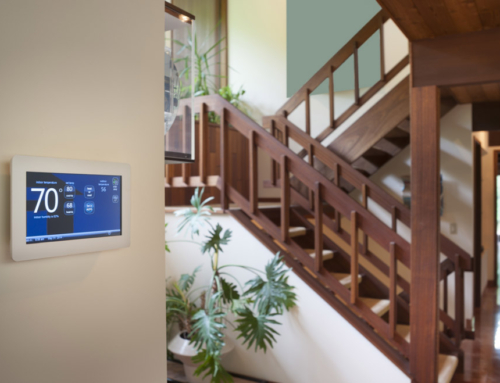Vampire Art
It’s a Gothic truth known far and wide: vampires hate sunlight. Of course, no one knows exactly why this is — perhaps their anemic complexion makes them prone to terrible, immediate sunburns. Or perhaps they are allergic specifically to UV rays. Maybe they are actually afraid of any source of fire larger than a lit castle brazier. Whatever the reason, if you push a vampire out from their home window tinting and into a sun-soaked room, you had better have a dustpan and broom for the clean-up.
Within the art world, many art preservationists think of their displays in much the same way. No one would dare expose a Caravaggio or a Turner to the flash of a camera, let alone direct sunlight. The works of these great masters are one-of-a-kind, priceless artifacts that are — for all intents and purposes — vampires on canvas.
You, too, likely have artwork that you value in your home. Not all art needs to be rare original works, nor do they need to be worth the price of a small mansion, to be meaningful to you; they are worthy of preservation all on their own. Perhaps you have photographs that are decades old, which you would hate to see washed out in the sun. If so, it’s time to consider some residential window tinting.
Why the Sun is the Enemy of Art
You might wonder why it is that the sun should be guarded against at all costs. After all, it’s not like the paintings are people who feel pain when their skin burns. Why bother installing film on your windows or hanging your art in a shaded room? The short answer has to do with chemical changes to the paint. The longer answer takes a bit more explanation.
The molecules found in the different colors of paint, as well as the different paint types themselves, react adversely to intense ultraviolet light. In a process known as photolysis, certain compounds decompose under harsh lights and radiation, meaning these molecules break down and change their nature.
- Some green tones, laced with copper, turn brown
- Blues get dialed down into grays
- Other colors oxidize, turning into a rusty or yellowish color
Naturally, the best way to stop this from happening is to take the painting or photograph out of the sunlight. The problem is that art is meant to be seen and natural light is often the best way to appreciate the artist’s vision. Even classical frescos, forever on the side of walls and the ceilings of churches are constantly in the sunlight. As you can see, we’ve stumbled upon a bit of an artistic impasse. This is where your home window tinting comes in.
Simply Cool to the Rescue
If you know that UV light is the culprit, you have three real options when it comes to protecting your artwork:
- Move all your art into windowless rooms
- Install costly UV-blocking glass into each window frame
- Opt for plain or decorative window films from Simply Cool
How can professional-grade window tinting help? Thanks to our special, proprietary recipe, our window films block out 99% of the UV-A and UV-B rays, (the most common of the sun’s ultraviolet light), that enter your home. Not only is the glass better at protecting your artwork from the heat and light of the sun, but our decorative window films also help reduce the amount of energy you use to keep the temperature regulated. Since artwork is subject to temperature as well as light, this is a good thing.
Our window films also reduce visibility into your home. This is one of the best, albeit one of the most simple ways to protect your art (or other valuables) from theft. If they can’t see it, they won’t want to steal it.
To enquire more about Simply Cool’s products or to schedule a time for our team to come by for an installation, please give us a call. Your paintings will thank you.







